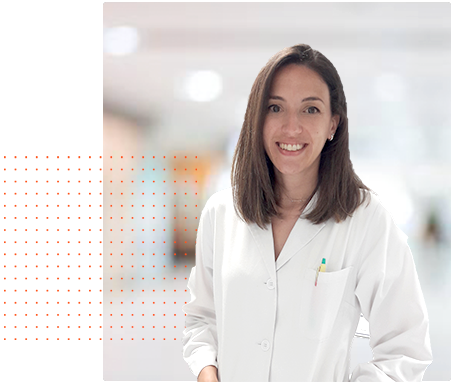Reading the word bioterrorism can make us think of American movies where the greatest catastrophes occur so that the hero on duty can solve it and everything returns to normal, learning a valuable lesson along the way. But, bioterrorism is not science fiction, it exists and the population has already suffered more than one attack.
But ... what is meant by bioterrorism?
Bioterrorism is the use of biological agents, viruses, bacteria, fungi, or their toxins, to attack on a population to do the greatest possible damage to their health, even leading to death, usually with a motivation political, religious, ideological, or criminal. It is a silent attack, its main routes of dispersion are air or drinking water, low cost, and high impact since it can affect a large number of people at the same time.Bioterrorism is not a current concept, there have already been cases of this type of attack in ancient times. The Persians, Romans, and Greeks, threw animal corpses into the drinking water wells of their enemies, even without having the slightest idea that it was a pathogenic microorganism, they were certain that it caused their opponents to fall ill. During America's War of Independence, Native American tribes were decimated by deliberate contamination with smallpox-infected clothing.
here is a long list of possible candidate biological agents for this type of attack, the best known perhaps being anthrax, a disease caused by the bacterium Bacillus anthracis and its spores, the eradicated Smallpox (of which controlled reservoirs are maintained), Yersinia pestis, Plague cause and a myriad of microorganisms capable of resisting under environmental conditions (temperature, humidity) and causing disease.
The last recognized attack was in 2001, when the main suspect to date, a renowned microbiologist working on the anthrax vaccine at the US Military Institute for the Study of Infectious Diseases, who after being discovered would commit suicide, deliberately placed anthrax spores in letters that were sent to the media and American senators; 22 people were infected, causing a respiratory illness, fatal in 5 of them. That same year, there were a series of threats in Canadian government buildings that caused the evacuation and closure of the spaces until it was verified that everything was a false alarm.
But the question would be, can it happen again? Given the current situation, we know that anything can happen, suddenly, and that we must be prepared. Prevention is our best weapon in the face of the unknown..
Faced with a hypothetical bioattack, the studies indicate that the most efficient thing would be to contaminate the distribution of drinking water or aerosolize pathogens in the ventilation systems of especially government buildings, power plants, schools, or shopping centers.
For this reason, containment systems must be implemented,uch as access control only to authorized personnel, security cameras, locked accesses to make the possibility of dispersion as difficult as possible. But these physical measures can fail; Therefore, the most advisable thing is to also have systems that allow the eradication of biological agents, such as filters, disinfectants, or germicidal systems with ultraviolet C..
Type C ultraviolet lighthas been known for decades for its ability to inactivate microorganisms by damaging their genetic material. Its use is widespread as containment against infections in sanitary environments, food industries, transport, both for surfaces and integrated into air circulation systems. As a weapon, in the face of a possible act of bioterrorism, it has certain advantages compared to the rest of the systems:
It is a broad spectrum, no pathogen resists it so it is not necessary to know what specific type of microorganism it is to find a customized solution;
t is ecological, it does not produce any polluting residue;
It is versatile since it works both in the disinfection of air and water;
It is inexpensive and fast, it manages to inactivate pathogens in a few seconds or at most minutes and can be placed in places where only a few people have access and know its location.
It is, in short, a strategic weapon in the face of a bio-attack..
We must be prepared for any situation and arm ourselves with everything that may be an obstacle so that the "bad guys" do not manage to cause us harm.
Achieving spaces with high levels of biosafety should not be a challenge: it should be a reality..

VERÓNICA VIDAL
RESPONSIBLE FOR BIODOSIMETRY AND INNOVATION - FOTOGLASS
FOTOGLASS is a leading bio-optics company combining physical optics and biomedicine. Its activity focuses on the use of light as a tool to solve problems in a living environment, such as the inactivation of pathogens by ultraviolet C, the ability to accurately discern between tumor and non-tumor tissue by nanoplasmonic technology, the use of chromatography within food or the creation of smart textiles. It collaborates with the Marqués de Valdecilla University Hospital and the University of Cantabria. For more info: https://www.fotoglass.es


